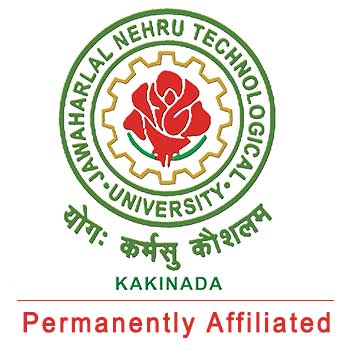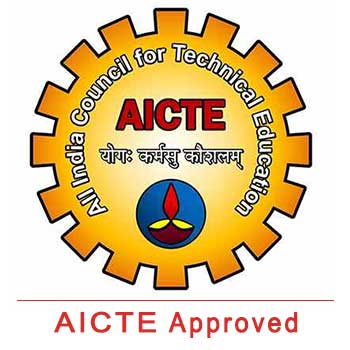Network Automation for Education Networks
Digitalization, digital networking, research, network automation, education and educational networks; are all these the buzz words of recent technology and for education institutions? Why everyone is talking about digitalization and networks, how are these both interconnected; and what is network automation and education networks are what we are going to know on this blog today.
While what the smaller research say about the education networks and individual campus networks; we can say that both stand for the same aim which is implementing education through current network automation strategies and tools. Are these tools, strategies, and significant efficiencies or the network automation wave more hype than these smaller institutions?
Let us look at some of the regional networks, how they are succeeded and what are the challenges involved in this path of deploying various network automation with relatively small and outsourced staff and support. Also discussed will be the experience of working with this diverse technology and how it increased the awareness about the possible proposed value of network automation and how regional’s can assist smaller schools through this network path.
Digital learning and collaboration have become an essential part of today’s education. From k-12 schools are implementing the methods of digital learning. These blended learning methods and one to one computing programs are reshaping the classroom studies and engaging more students to become tech-savvy’s. The higher educational institutions are announcing BYOD- which means bring your own device concept; students are also allowed to use their smart phones, laptops, tablets and other gadgets to be connected. This helps the institutions to meet the unprecedented demand for connectivity with high performance and to get recognized as highly reliable campus and data network center solution provider.

Challenges:
The hike of latest technologies, mobile devices and growing appetite for applications and rising security concerns are placing new burdens on educational networks. To meet these challenges, schools are expanding their networks to meet student and faculty expectations for high performance, highly reliable, and always-on connectivity.
The school network is always mission-critical, and downtime will be more and un-tolerable when class lectures, research projects, assignments are involved. We can see diversity and richness using these educational applications as learning is increasingly leveraging interactive curricula, collaboration tools, streaming media, and digital media. The success of the Common Core Assessments hugely depends on connectivity. The higher education, universities, and colleges that have poor quality, non-ubiquitous network access, quickly discover that this is affecting their registration/enrollment rates.
The other challenge is with the number of Wi-Fi devices and the types of devices students bring to a university or college campus; Students commonly have three or more devices like; smartphone, tablet, laptop, gaming device, or streaming media player and expect flawless connectivity. While higher education is deploying wireless IP phones for better communications, IP video cameras to develop physical security, and sensors for a more efficient environment. The projections for the Internet of Things, which will connect hundreds of billions of devices in a few short years, are nothing short of staggering.
The trends that educational networks are looking today for students, faculties and administrator expectations is that of for the connectivity which is rising and the complexity and cost of networking are also growing exponentially. In addition to this growth, the “adding on” to networking equipment for old designs is causing the network to become ever more fragile. IT budgets are tight, and technology necessities are growing faster than the funding.
What if schools took a step back and had a unique opportunity to proactively aim their networks to meet the challenges which hit today and tomorrow? What if deploying the network was simple, not a manual, time-consuming chore? What if your initial design and build could scale for years to come, without having to build configurations on the fly every time? What if networks were easier to plan and build, configure and deploy, visualize and monitor—and had automated troubleshooting and broad reporting?
The tools which are of high configurations help the educational networks are Juniper Networks, HP, CODE42, DLT, EKINOPS, Level 3, cloudyCluster, OSI and much more. It’s time to update the educational institutions towards the design, building, and maintaining the network and taking the advantage of automation and modern management tools to create scale, consistency, and efficiency.






